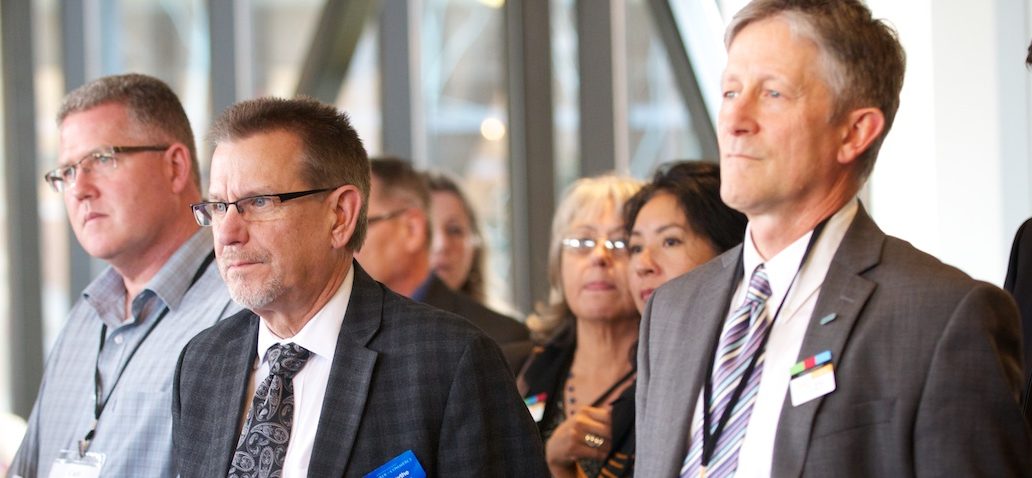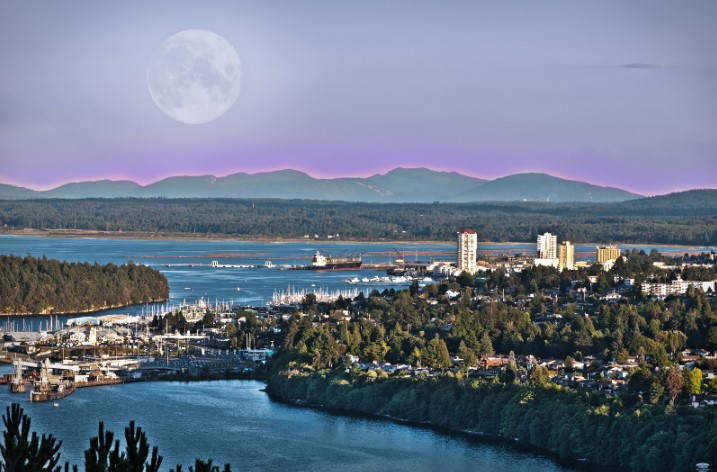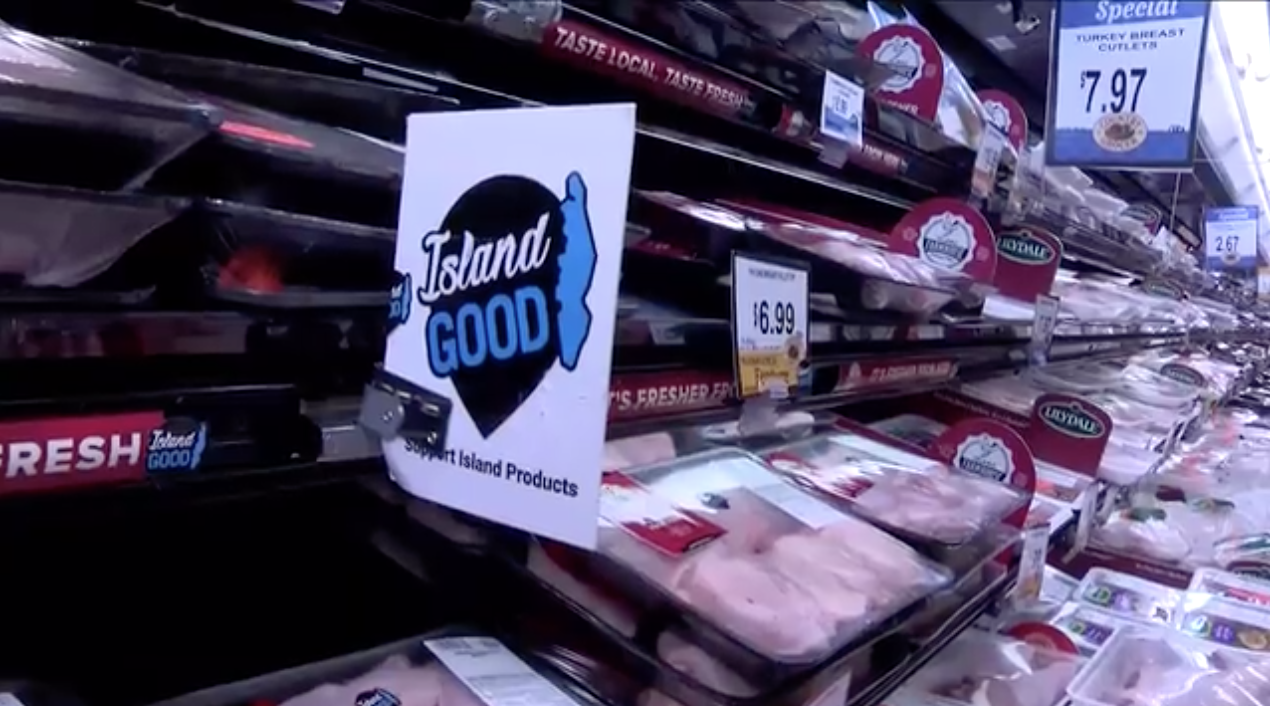By Aly Winks
Presenters: Peter Yanev, Prinicple EQE; Art Ringwald, Partner EQE
Moderator: John Hankins, CEO, Mid-Island Business Initiative
There are moments when burying one’s head in the sand seems like the best option for handling new information. It’s too overwhelming to consider the personal and professional implications that ignorant bliss was, until a few moments ago, protecting you from.
This is how many of the attendees at VIEA’s breakfast summit felt when they first heard some of the statistics Peter Yanev shared regarding mega earthquakes, and our current risk situation.
One slide simply states: Vancouver Island and the Lower Mainland are arguably the least prepared regions in North America to handle a mega earthquake. This statement is coming from the world’s foremost expert on earthquake risk assessment and management. He has visited literally hundreds of post-earthquake sites and has been hired by most of the world’s Fortune 500 to conduct risk assessments.
After listening to his talk for a while, the fear begins to subside thanks to his three-step plan:
- Conduct a high-level risk assessment
- Develop a strategy
- Execute your strategy
Risk assessment varies for everyone, with one ethical overarching theme – life risk is totally unacceptable. Businesses and governments have to look at a series of questions. Things like: assessing assets and determining how much capital they are comfortable losing; how long certain systems such as sewer and electricity can be down; how many days of loss of productivity they can afford; which key people need to be in communication; and other business-vital considerations.
When these questions are brought forward, the eyes of business owners, elected officials and municipal workers begin to turn into dollar signs, and blood pressures rise. However, his message on the financial side is clear: This costs a lot less than you believe it does.
A few hundred dollars spent bolting your IT system to the ground will save millions in web infrastructure and company information. The same goes for your house or place of business – make sure it is bolted to the foundation (apparently most are not). In fact, bolt anything that can fall over to anything that cannot. This applies to very, very large structures as well. Add strength to walls with extra plywood, get rid of floating ceilings, add real walls (instead of false walls) and ensure they connect to both the ceiling and the floor. These are all part of executing the strategy.
The strategy should be developed based on importance: which pieces of the risk assessment would cause the biggest impact if lost? If it seems like a solution is too expensive, get creative and talk to the people who would actually be impacted.
For example, Yanev shared the following story: Structural engineers identified a two-inch lift that would occur in an airplane runway tarmac in the event of an earthquake, which they said no plane could land on. They also said it was going to cost $100 million to fix. Yanev spoke to the operations team. They said in an emergency a plane could land with the lift, and that they could fix it with asphalt, so the airport bought sheets of asphalt, which are sitting next to the runway and easily accessible if and when the earthquake hits.
He also said construction costs on a city-wide school retrofit that is underway in Istanbul have steadily decreased over time, thanks to simple supply and demand economics.
In short, common sense is required when thinking through the consequences of a devastating earthquake. It does not have to be sophisticated, it just has to work.
The question I was left with is how many people will continue to want to bury their heads in the sand like I did.







